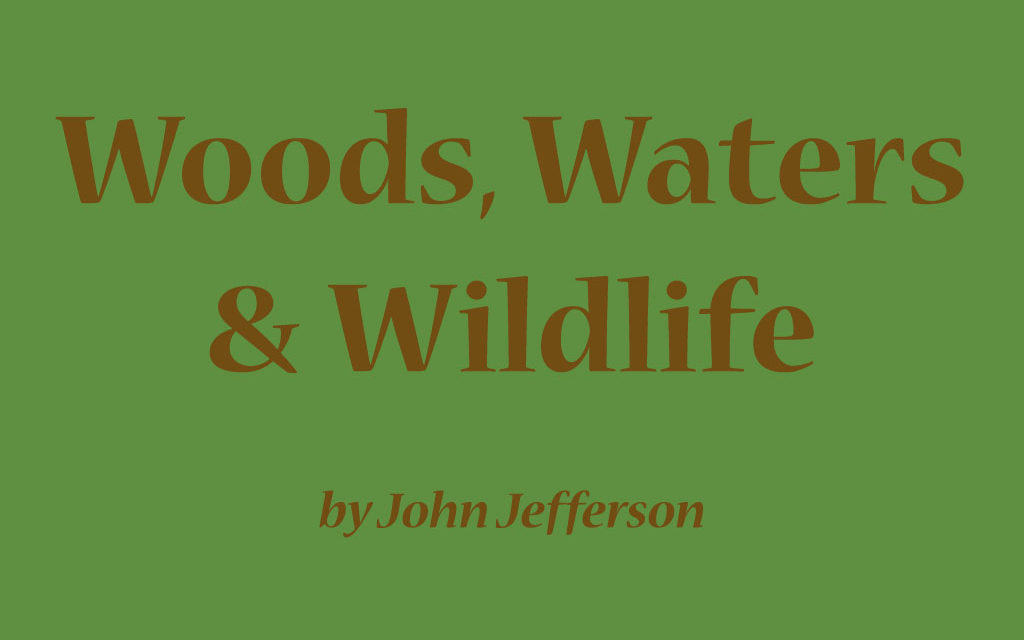One year, an article in the TPW Outdoor Annual about quail was entitled “Just Add Water.” Much of Texas’ quail range lies in south and west Texas — areas often hard hit by infamous Texas droughts. Those areas usually need rain. Add some, and they often have quail.
Much of these areas caught good rains during the fall. So, did that bring on a bountiful quail hatch?
No!
That surprised me, too. The rains came a little late to spur the pairing and breeding that quail usually go through if rain hits in the spring or summer. The population was already drought-depleted when the rain began. Robert Perez, TPWD’s top quail man, said there was some pairing after the nourishing rains refreshed the range in the fall, but the rains were more a detriment than a salvation. Many quail that didn’t drown in the high water failed to survive the cold weather that arrived a little early this winter. Another reminder that man does not control the weather.
Perez did have a couple of positive things to say about quail. First, he said that the sandy lands in Brooks County either side of Hwy. 281 and stretching to the coast were productive. He then added that there was no public land in that area, since it was mostly privately owned. Unless hunters have leases there, they don’t have access.
The other part of his quail outlook was that hunting was so non-productive that many hunters were self-regulating their harvest. That meant they limited their harvest, themselves – not shooting as many. That’s a good thing.
“The winter harvest could be intentionally low,” Perez said, “but those birds still on the ground in January and February are carryover brood stock for next season. We need to save them.”
Deeper into South Texas, Whitney Gann, manager of the Chaparral Wildlife Management Area, said the rain came too late for them, too. Seventy hunters only took 15 quail, total. She said the rains stimulated forb production, and even if they had quail, hunters couldn’t see them!
Trans-Pecos quail populations in West Texas were also low due to dry conditions.
Easing up the map to the upper Rolling Plains and the Panhandle, the two large wildlife management areas, there – the Matador and the Gene Howe – also reported grim prospects. Diana Mayo answered the phone at the Matador and asked if she could help. I told her who I was and what I was working on. She rattled off low numbers like she had been expecting my call.
“Hunters are bagging about one-third the quail they normally do,” she told me. “So far this season, 152 hunters on the Matador have only harvested 64 quail in 187 hunter-days.” Astonished at the quick response, I told her she sounded like she was reading from a report. She admitted she was looking at a chalk board that had a running tally. “We get a lot of calls,” she explained.
So, wait until next year … and hope!
JJ





